The researchers have optimized an optical resonator to take an infrared signal from relatively cheap telecommunication-compatible lasers and boost it to an ultraviolet beam.
-
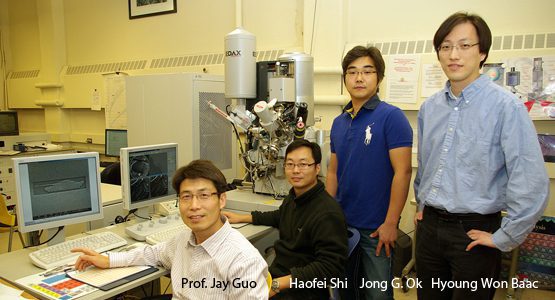
‘Perfect black’ coating can render a 3D object flat, raises intriguing dark veil possibility in astronomy
The carbon nanotube carpet is about half the thickness of a sheet of paper and absorbs 99.9 percent of the light that hits it.
-
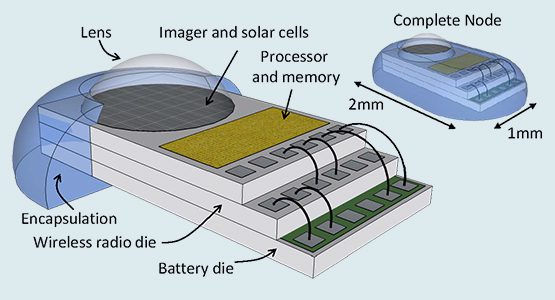
Making smart dust a reality
This research is expected to have a fundamental and long term impact on a diverse set of applications ranging from energy conservation to health care.
-

Safer medical imaging with microwaves
The goal of the research is to develop an alternative method to x-ray imaging that is safer and uses nothing stronger than radio frequency waves.
-
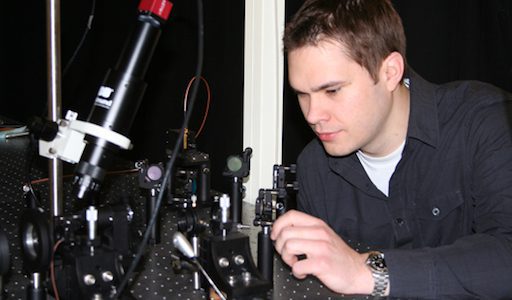
Chris Berry awarded Michigan Space Grant Consortium Fellowship
Berry is designing an emitter to operate as a light-weight, local oscillator for a terahertz spectroscopy system suitable for use in space.
-
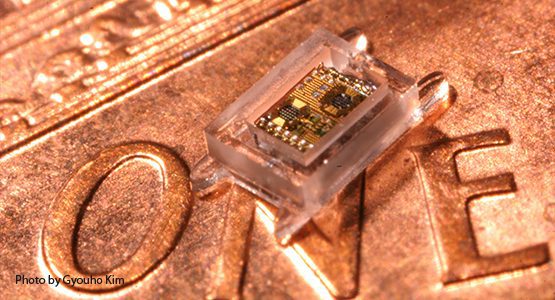
Toward computers that fit on a pen tip: New technologies usher in the millimeter-scale computing era
U-M faculty have developed what is believed to be the first complete millimeter-scale computing system, with applications in radio communication and wireless sensing.
-
Paving the way for ubiquitous computing
Until now, ubiquitous computing has been hampered by the size of necessary batteries—but Ambiq Micro is changing that, with their energy-efficient micro-controllers.
-
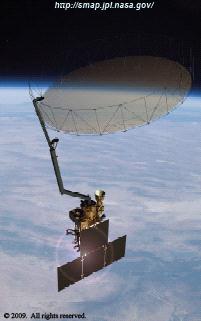
Ruzbeh Akbar receives NASA Fellowship for SMAP Mission Research
SMAP is a satellite mission for mapping surface soil moisture and freeze/thaw states for the purpose of scientific advances and societal benefits.
-
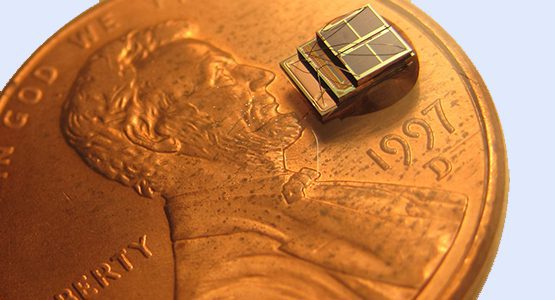
Millimeter-scale, energy-harvesting sensor system developed
The system could enable new biomedical implants as well as home-, building- and bridge-monitoring devices.
-
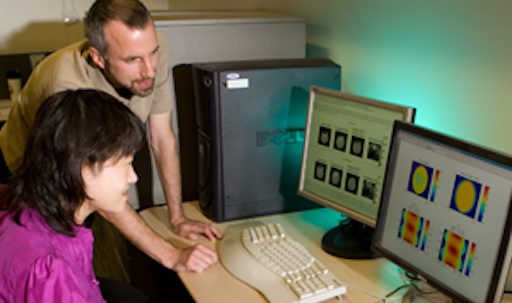
Yong Long receives Best Poster Award for work in medical imaging
Long’s work describes a new algorithm for performing model-based methods in a way that requires less computation yet provides improved image quality.

 Michigan Engineering | University of Michigan
Michigan Engineering | University of Michigan